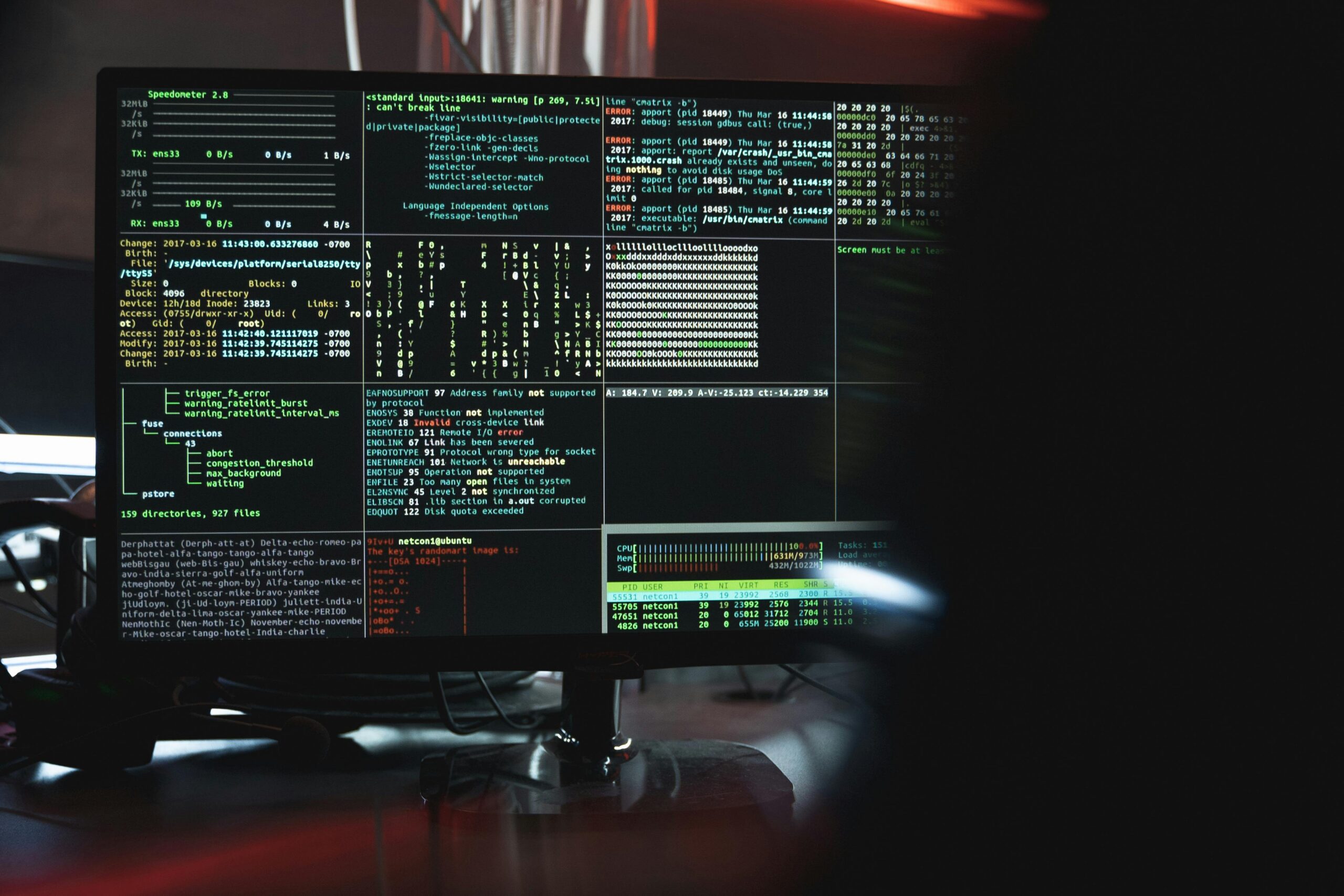
Decentralized Apps aren’t merely another blockchain buzzword gathering dust in tech circles. They represent a fundamental paradigm shift in how digital applications are designed, deployed, and controlled. Powered by blockchain technology and peer-to-peer networks, DApps offer applications that run autonomously without centralized control, providing increased security, transparency, and user autonomy. According to NFT Evening’s comprehensive analysis, decentralized applications (dApps) are software programs that operate on a blockchain or a peer-to-peer (P2P) network of computers. They leverage the features of the blockchains they’re built on to eliminate intermediaries and enhance security, autonomy, and transparency within the crypto ecosystem.
The Revolutionary Power of Decentralized Apps
DApps are rapidly evolving beyond their early association with cryptocurrency. Unlike conventional applications controlled by a single entity, DApps distribute control and data across numerous nodes in the network, eliminating centralized points of failure. According to Investopedia’s guide to decentralized applications, DApps have their backend code running on a decentralized peer-to-peer network, as opposed to typical applications where the backend code is running on centralized servers. A DApp can have frontend code and user interfaces written in any language that can make calls to its backend.
- Resilience: Lack of a single failure point increases uptime and reliability
- Security: Cryptographic validation prevents unauthorized tampering or censorship
- Transparency: Open ledgers enable auditing and trust
- Reduced intermediaries: Lowers costs and democratizes access to services
According to MDPI’s study on technology adoption, when businesses see tangible benefits and feel comfortable with tools, adoption rates soar. The most successful implementations focus on user experience, cultural relevance, and addressing specific pain points in decentralized application development.
Decentralized Apps Beyond Cryptocurrency
While the initial DApps appeared in cryptocurrency ecosystems like Bitcoin and Ethereum, their application domains have expanded significantly. According to Atlan’s analysis of blockchain applications, dApps are revolutionizing a variety of sectors, thanks to their decentralization, transparency, and automation.
Financial Services and DeFi
DApps have been utilized in decentralized finance (DeFi), in which dapps perform financial functions on blockchains. Decentralized finance protocols validating peer-to-peer transactions, such as Aave Protocol, are expected to disrupt centralized finance and lower costs. According to Fireblocks’ guide to decentralized applications, DeFi applications enable users to have decentralized control at the application level and eliminate the need for intermediaries to facilitate transactions.
Social Media and Content Platforms
DApps are also being used to disrupt traditional social media platforms by offering decentralized alternatives where users have greater control over their content and data. As documented in Wikipedia’s analysis of decentralized applications, decentralized applications have been popularised by distributed ledger technologies (DLT), such as the Ethereum or Cardano blockchain, on which DApps are built, amongst other public blockchains. In social media the largest decentralized platform is Bluesky.
The Business Impact of Strategic Implementation
The strategic implementation of decentralized apps creates significant opportunities for innovation and disruption across multiple industries. According to Fortune Business Insights’ market analysis, the SaaS market is projected to experience extraordinary growth in the coming years, exhibiting a remarkable compound annual growth rate. This growth includes decentralized applications that can transform how businesses approach customer relationships and service delivery.
- Increased user trust: Transparent operations build stronger customer relationships
- New revenue models: Tokenization creates innovative monetization opportunities
- Reduced operational costs: Eliminating intermediaries lowers transaction fees
- Global accessibility: DApps can serve users regardless of geographic location
According to UNICEF Venture Fund’s analysis of blockchain applications, decentralized applications (DApps) are applications that can operate autonomously, typically through the use of smart contracts, that run on a decentralized computing, blockchain or other distributed ledger system. Like traditional applications, DApps provide some function or utility to its users.
Overcoming Implementation Challenges
The journey toward effective decentralized apps adoption is not without its obstacles. According to IBM’s analysis of blockchain technology, many dApps and blockchains are incapable of handling high transaction volumes efficiently, resulting in higher transaction costs and slower processing. Interoperability issues with other networks exacerbate the ability to scale dApps, hindering their mass adoption and effectiveness.
- Scalability solutions: Emerging layer-2 protocols address throughput limitations
- Improved user experience: Wallet integration and simplified interfaces lower barriers to entry
- Regulatory navigation: Working within evolving legal frameworks for decentralized systems
- Education and awareness: Building understanding among developers and end-users
According to OneAdvanced’s research on educational technology, students and professors needn’t worry about carrying around devices such as thumb drives and CDs. With no worry of losing important data, students can enjoy access to academic information anytime, anywhere. This principle applies equally to decentralized applications where data security and accessibility are paramount.
The Future Trajectory of Decentralized Apps
As blockchain technology continues to evolve, DApps are poised to reshape digital interactions across a wide range of industries. According to Atlan’s analysis of decentralized applications, the future of dApps will likely see greater scalability, improved user experiences, and more widespread adoption as businesses and developers overcome the current challenges. With the continued growth of blockchain infrastructure and the expansion of decentralized platforms, dApps have the potential to revolutionize how we interact with digital services.
- Enterprise adoption: Traditional businesses integrating blockchain solutions
- Interoperability: Cross-chain communication protocols enabling seamless integration
- Regulatory clarity: Clearer frameworks supporting mainstream adoption
- Mainstream user experience: Simplified interfaces making DApps accessible to non-technical users
According to Pioneers E-School’s analysis of educational systems, the most successful technology implementations are those that balance standard functionality with strategic customization. This insight applies equally to decentralized applications in the business context.
Conclusion
decentralized apps represent far more than a technological innovation for digital applications. They embody a strategic framework for understanding, engaging, and serving users in a manner that drives sustainable business growth and social impact. The most successful implementations recognize that decentralized apps are not merely about technology but about transforming organizational culture to become truly user-centric. By leveraging the insights gained from comprehensive blockchain integration, businesses can create innovative experiences, anticipate market shifts, and build applications that deliver genuine value. In an increasingly competitive marketplace, the strategic implementation of decentralized apps isn’t merely beneficial: it’s essential for businesses seeking to thrive in the digital economy.








